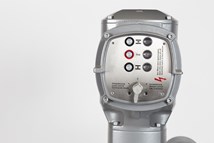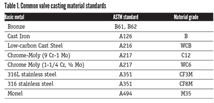"Build America, Buy America" Signals Increased Commitment to U.S. Manufactured Goods
The Infrastructure Investment and Jobs Act includes major domestic procurement (“Buy America”) requirements for infrastructure materials.
#materials

The historic infrastructure bill, now signed into law, includes broad policy provisions designed to improve governmental sourcing from U.S. manufacturing sectors. As reported in the Trade and Manufacturing Monitor provides details regarding these new statutory authorities that aim to:
- Expand domestic preference procurement policies applicable to federal financial assistance programs for public works infrastructure.
- Increase the domestic component content requirements of products and construction materials sold to the Federal Government under the Buy American Act.
- Provide transparency into governmental contracting decisions related to domestic sourcing.
Suppliers to public works projects and to the federal government should assess these new statutory directives as they will impose new domestic origin requirements and standards for construction materials and products acquired for federally aided public works infrastructure projects at the state and local levels and impose new domestic component content standards for goods and construction materials acquired by the federal government. For the full article, read here.
RELATED CONTENT
-
Editor's Product Picks
Neles introduces valve-sizing and selection software for all intelligent automated process valves.
-
Grappling with the World's Complex Energy Transition Through an ESG Lens
With a long list of contributing factors, the world is barreling headlong into an energy transition that’s full of challenges, opportunities and lofty net-zero goals.
-
MSS Publishes Revised and New Industry Standards
The Manufacturers Standardization Society (MSS) of the Valve and Fittings Industry is excited to announce publication of the new Standard Practice SP-158-2021, Supplemental High-Pressure Gas Test Procedures for Valves.








 Unloading large gate valve.jpg;maxWidth=214)


